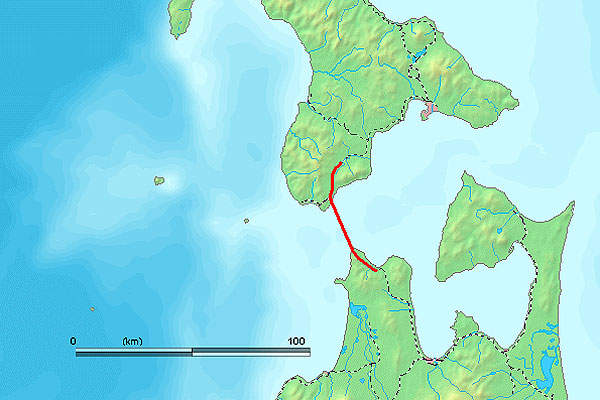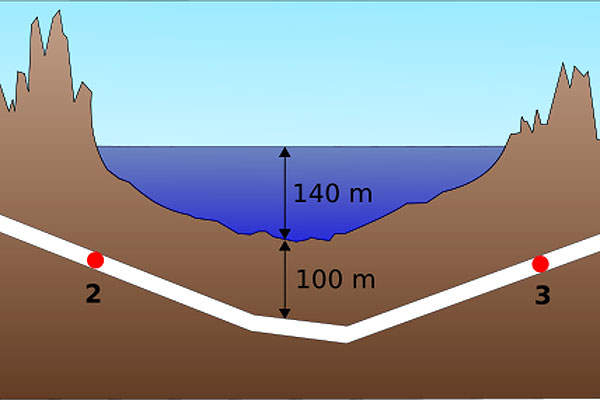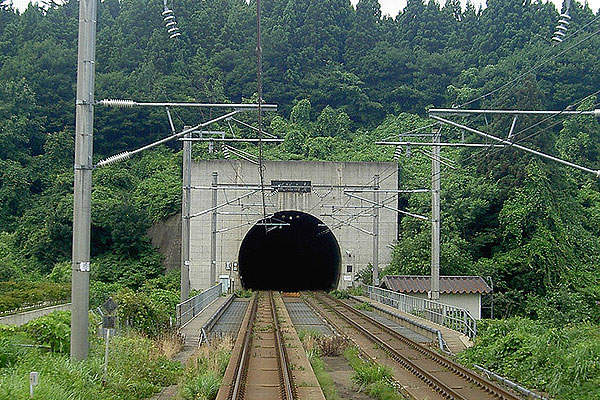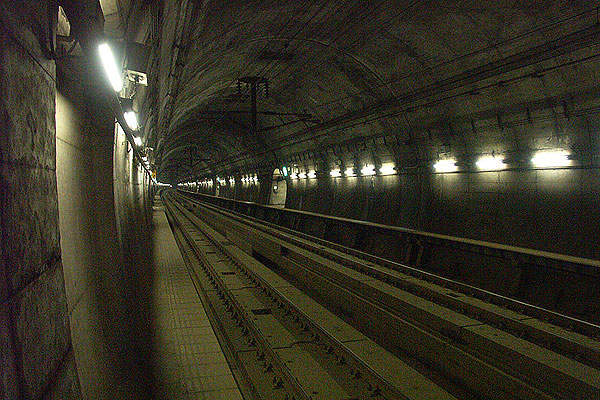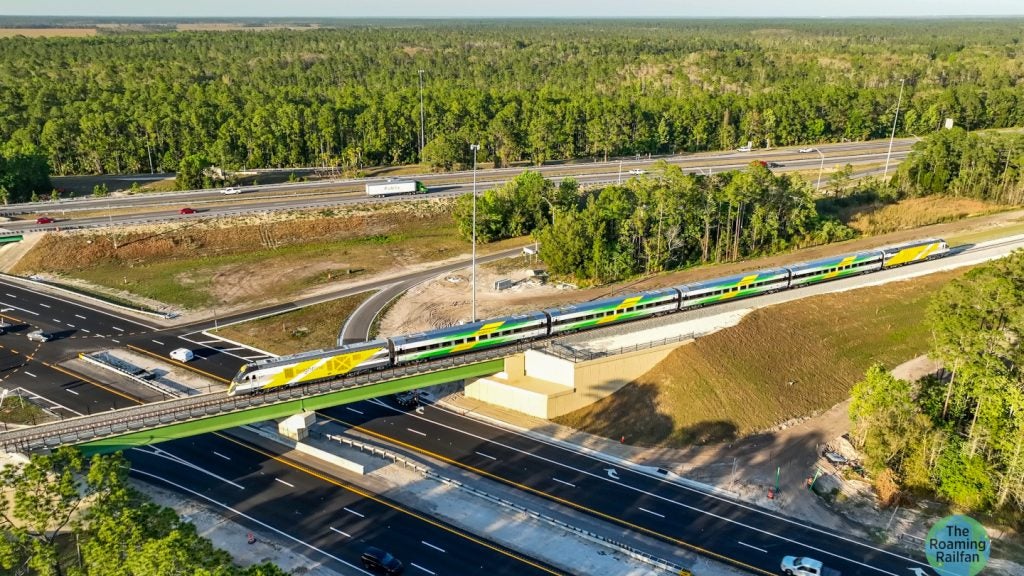Japan’s 53.85km Seikan railway tunnel passes beneath the Tsugaru Strait and connects the Aomori Prefecture on Honshu Island and the Hokkaido Island. With its track located 140m below the seabed, the Seikan tunnel is the world’s deepest and longest railway tunnel.
Approximately 23.3km of the tunnel lies under the seabed, making it the world’s longest undersea tunnel.
Conceptual planning of the Seikan tunnel was completed during 1939-40. The tunnel construction began in 1971 and was completed in 1988. The $3.6bn project was developed by the Japan Railway Construction, Transport and Technology Agency, and is operated by JR Hokkaido.
Approximately 50 trains travel through the tunnel per day. ED79 and EH500 class locomotives carry freight and offer overnight sleeping car services through the tunnel. The freight and passenger services were started in March 1988.
The Tunnel completed 30 years of its opening in March 2018.
Seikan tunnel project details
The track at the Seikan tunnel is a triple slab track capable of running Shinkansen bullet trains.
The tunnel comprises two railway stations: Tappi Kaitei on Honshu Island and Yoshioka Kaitei on Hokkaido Island, which are the first railway stations built under the sea and also act as emergency escape points in the event of a disaster. The stations are equipped with exhaust fans to deplete smoke, infrared fire alarm systems and water spray nozzles to enhance passenger safety.
The seabed of the tunnel comprises a pilot shaft, a service shaft and a main shaft. The service shaft is connected to the main tunnel, while the pilot shaft serves as the service tunnel for the central 5km portion.
At 16m wide and 91m long, the set-off base is the world’s largest maintenance base inside a tunnel.
Underground temperature of 20°C and humidity of 80% to 90% is maintained throughout the year.
A two-passenger diereses engine patrol car runs in the aisle between the tracks to monitor the tunnel within the main shaft.
Seikan tunnel construction
Construction began in September 1971. The tunnel cross section is designed to facilitate Shinkansen trains. First contact between the two sides was made in 1983.
Tunnel construction included drilling and blasting through an earthquake-prone zone. Approximately 2,900t of explosives and 168,000t of steel were used for the tunnel construction.
Construction of the main tunnel’s entrance section started in August 1982. Excavation of the underwater section began in 1983 with the 5m pilot tunnel starting from both ends. The construction of the submarine section was completed in March 1985. An electrified rail system was installed in September 1986.
The tunnel initially consisted of a single gauge track but later converted into a double gauge and connected to the Shinkansen network, as part of the Hokkaido Shinkansen project in 2005.
The traditional mountain tunnelling method was applied for tunnelling the dry land portions. Three bores, including an initial pilot tunnel, a service tunnel and the main tunnel, were dug for creating the undersea portion of the tunnel.
Future developments for the Seikan rail tunnel
Toshiba’s EH800 Bo-Bo+Bo-Bo Series electric locomotives ran through the tunnel from 2014 replacing the existing ED79 and EH500 classes. The new 25m long electric locomotives will have a power rating of 4MW and run at a speed of 110km/h.
The tunnel will also facilitated the passing of the Shinkansen bullet train from 2016. The current electric system of the tunnel will be upgraded from 20kV to 25kV to facilitate the Shinkansen trains.
Train speed will be limited to 140km/h during the first two years of operation in order to avoid the risk of derailing narrow gauge freight trains, travelling in the opposite direction, by shockwaves of air.

